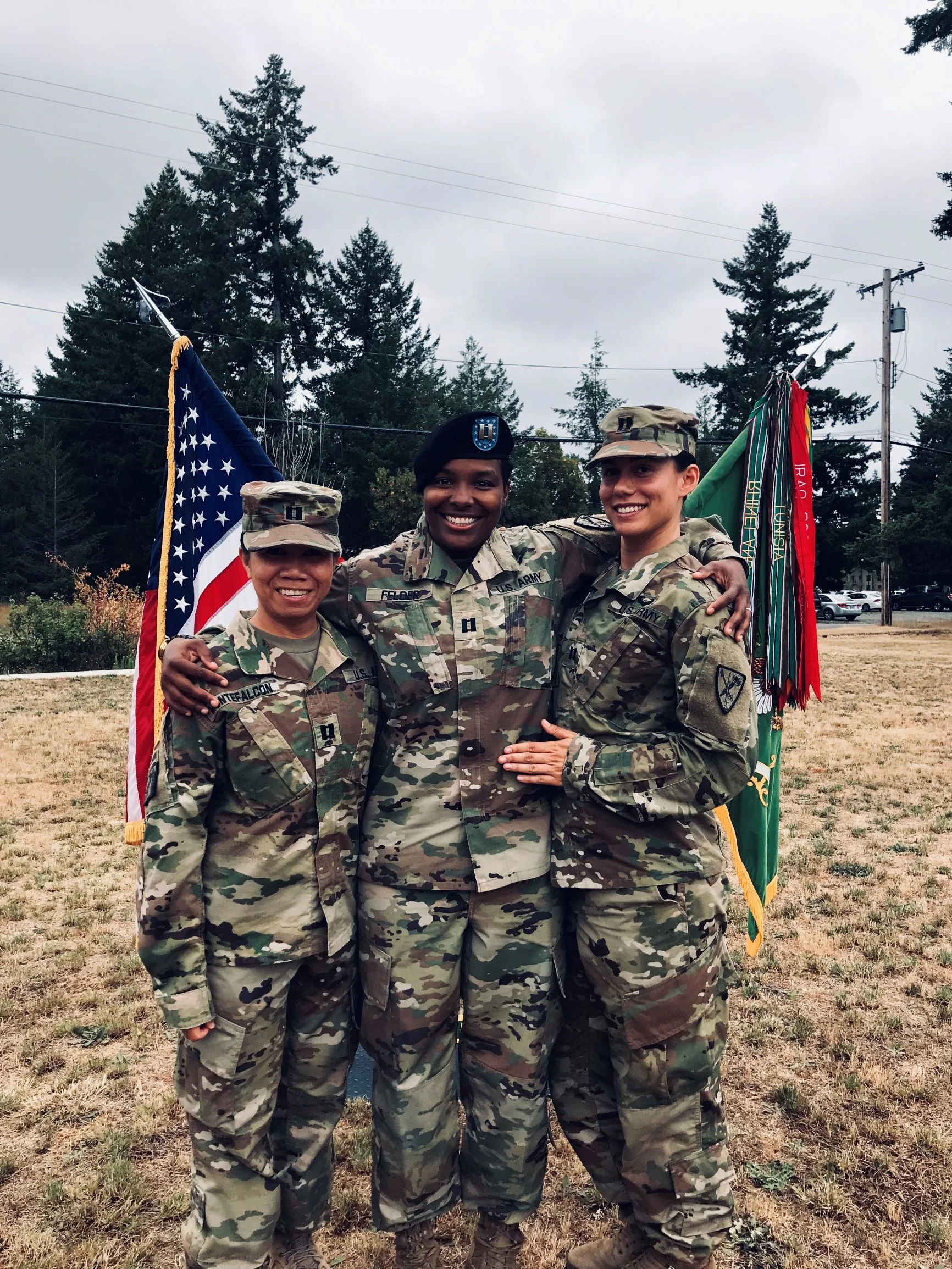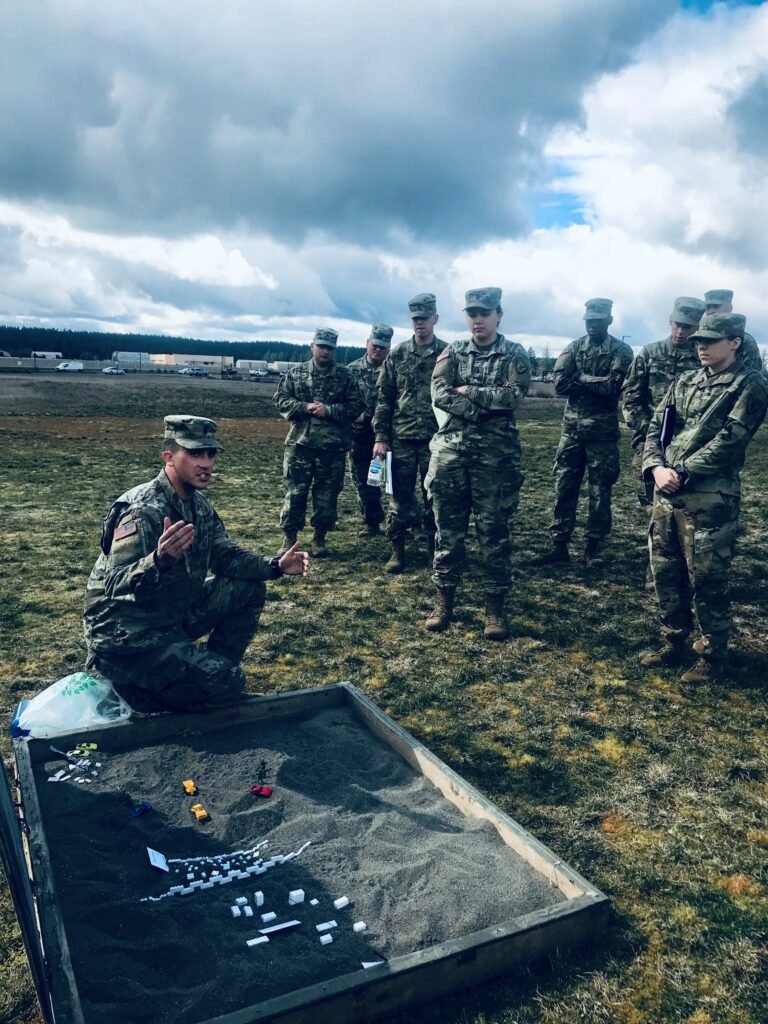CONFESSIONS OF A CENTER OF MASS COMMANDER
January 31, 2021
REFLECTIONS ON LISTENING, LEARNING TO SAY NO, AND BEING A JOE HUGGER
Within the past few months, there’s been an interesting shift. First, the SECARMY, CSA, and SMA announced the “People First” campaign and associated task force, which will allegedly, “Identify initiatives to address our most significant challenges.” According to these leaders, the Army has “already elevated People to the Army’s number one priority, reduced requirements to allow leaders to take care of Soldiers, committed more funding towards quality of life, and “will continue to make the right changes for our People.” [1] I tend to remain skeptical because I know that these are concepts that are not even close to being effectively implemented in most people’s worlds.

Traffic flows through the main gate past a welcome sign July 9, 2013, in Fort Hood, Texas. (Tony Gutierrez/AP) [2]
Second, it seems Army senior leaders’ public messaging and media strategy has begun to migrate from a perspective of dismissive rose-colored glasses towards more of a place of listening and asking questions. From an optimistic perspective, this at least indicates some senior level interest in genuinely understanding the problems and at least trying to place top-down organizational emphasis on people.
An amalgamation of reddit rants, memes, and unconventional “news” and media platforms have amassed as people have taken to the figurative streets to expose different installation and unit issues related to hypocrisy, misconduct, unequal treatment, and illegal or unethical behavior by chains of command. Anonymity, screenshots, videos, photos, and social media have been deliberately engineered into an increasingly bright spotlight. And the light is pointed directly at people and positions once thought to be untouchable. Rehearsed press conferences, media blackouts, and edited media statements have met their match.
It’s a modern rendition of vigilante justice: and the internet is the great equalizer.
No, there isn’t necessarily UCMJ or administrative action brought about with this exposure. And no, much of this commentary won’t reach the highest levels. But what’s interesting is there’s now undiluted visibility where none existed before. And with visibility comes accountability. Thousands of people are being exposed to the good, the bad, and the ugly that’s occurring across the Army, and this has fundamentally altered the public affairs landscape. It will soon be impossible to ignore.
It’s been enough to capture the attention of one particular senior leader: SMA Grinston. Most recently, SMA Grinston interacted with hundreds of people on Instagram in a discussion on everything from leadership, to CG visits, promotions, BLC, and mandatory training. Where there was productive discussion, there were also insults and snide comments directed at SMA Grinston, and yet he stuck around to at listen, acknowledge, and engage.
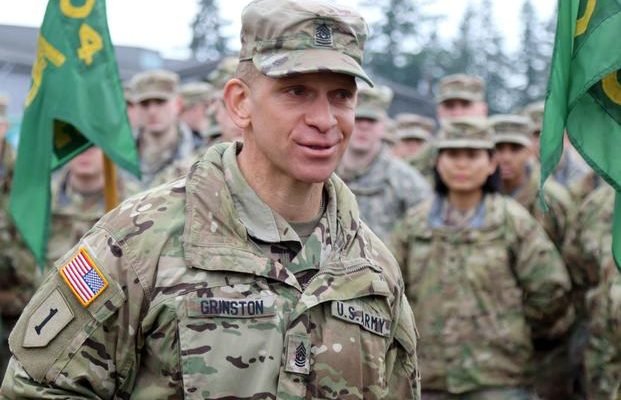
Command Sgt. Maj. Michael Grinston, shown here as U.S. Forces Command CSM during a Jan. 9, 2019, ceremony to present the FORSCOM Eagle Award to Headquarters and Headquarters Detachment, 504th Military Police Battalion, has been selected as the 16th Sergeant Major of the Army, officials announced June 11, 2019. Staff Sgt. Adam Ross/Army. [3]
This direct dialogue between the most senior enlisted person in the entire Army and hundreds of people—ranging from veterans to privates to captains—would’ve never happened without social media. Furthermore, I don’t think we’d be seeing this type of senior leader engagement if Vanessa Guillen were still alive and if people had decided to remain silent about their own organizations’ and leaders’ failures—whether through humor, anonymous informal journalism, or sharing personal stories in a public forum.
Having just left the Army this past December, these recent developments give me more hope for my friends, colleagues, and soldiers who are still in the Army and have to live with the consequences of our senior leaders’ decisions, actions, and inactions.
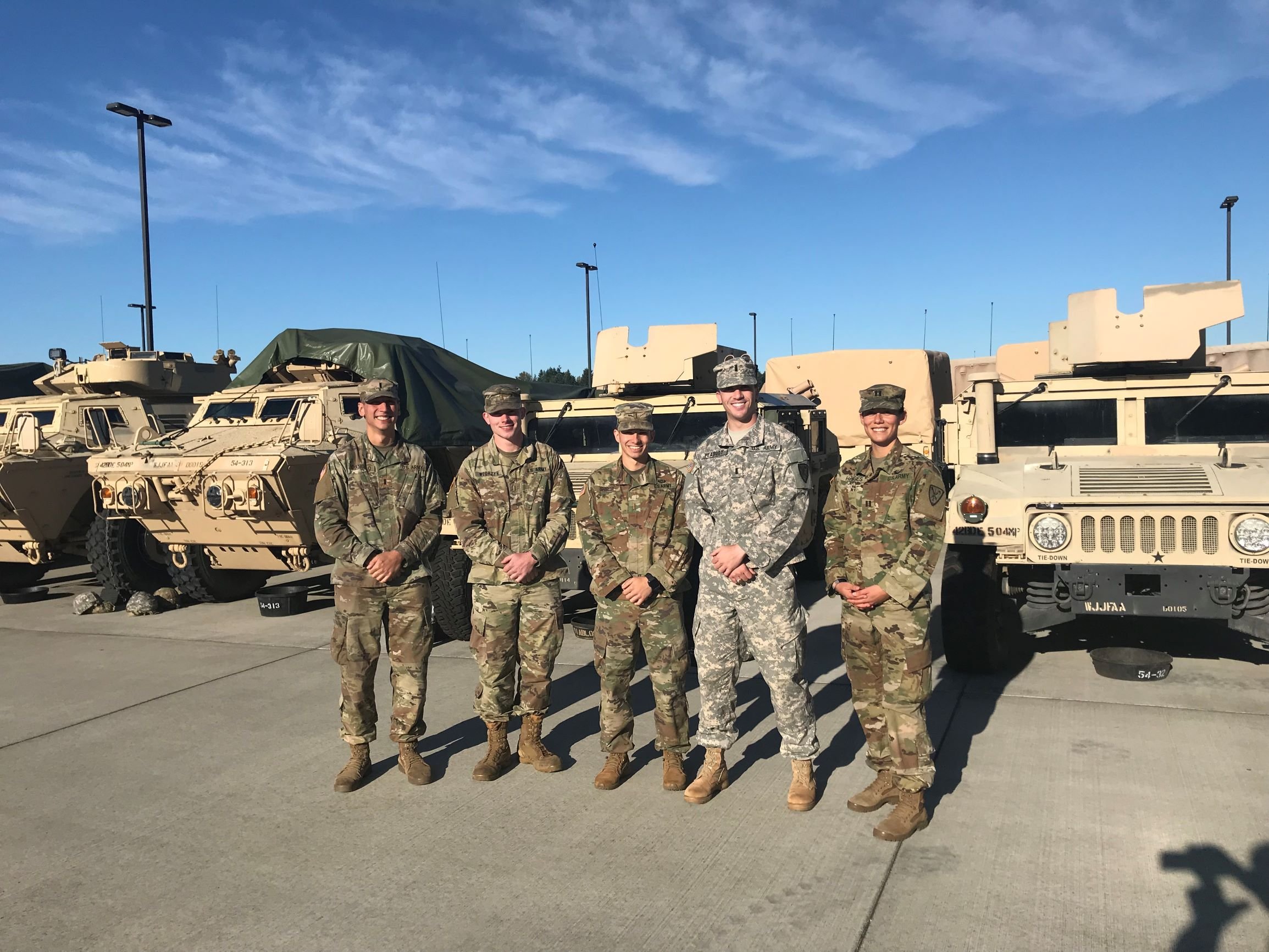
The most monumental part of all of this is that it truly seems that Army executive leaders are reaching a point where they’re willing to listen—I mean REALLY listen—to the perspectives of those who may have much less time in service and experience, but whose daily life and struggles ARE, in aggregate, an accurate reflection of reality in the Army.
In my experience, and from what I’ve observed with my friends, bottom-up input typically hasn’t been entertained in a way that actually changes the course in a significant way. The Army is a hierarchy for a reason, and I think we all understand that. But the effectiveness of this hierarchy seems to have slowly deteriorated as the bureaucracy has more comprehensively invaded, overwhelmed, and and unnecessarily complicated every process and daily task. This is indisputably one of the primary contributing factors that’s caused senior leaders to become more disconnected from their soldiers, soldiers’ families, and the problems that affect them.
Things that matter have been progressively replaced by things that don’t matter.
But with exposure comes conversation. Conversations set conditions to learn, challenge your assumptions, and potentially change your mind. As individuals perspectives change, the entire entire organization eventually follows. Slow, incremental progress is still progress.
From my perspective, there are a number of problems, but the one that I’ll reflect on below has to do with training, doing too much, and appearing to care more about evaluations than soldiers. I distinctly remember this as the instance in which I strongly and openly opposed a more short-notice CTC style field rotation in a public forum (for a number of reasons, including additional CTC rotations, highly compressed logistical timelines, and lack of compliance with training management doctrine, and a bunch of other reasons that aren’t important) during a brief to the battalion commander in a room with a full audience.
Well, that wasn’t received well.
Ultimately, it was my perspective that this upcoming training event contradicted doctrinal unit training management and it was quite literally happening because our brigade commander had already assured a one-star general, “Sure we’ll do it, sir! No problem!”
It’s easy to write checks you don’t personally have to cash.
So I spent a few weekends preparing and put significant effort into genuinely trying to intelligently articulate the problems and ways to potentially mitigate them. I also prepared to explain the difficulties I thought would remain regardless of what we did. My other goal was to not sound whiny or negative because disagreeing, asking to do less, or questioning the status quo in any way often gets you labeled as a “whiny little bitch.”
When questions or difference of opinion are viewed as disrespect or weakness, there’s no room left for growth or change.
I directed the majority of my effort into preparing the “glide path” and training calendar portions of the presentation. I deliberately depicted everything—I mean EVERYTHING–that our unit would actually be doing to accurately portray the number of commitments, conflicts, and challenges. To me, this was the only way to paint a picture that actually reflected reality.
A “can-do” attitude can promote anti-intellectualism and other counterproductive tendencies when it is perpetuated in a way that essentially precludes you from saying no.
So the briefing started, and the entire thing rapidly devolved into an adversarial discussion and subsequent trivialization of all the issues I identified (including soldier mental health and families). Then I was assured that “the battalion and brigade staffs would support” seeming to imply that should remedy any remaining problems.
It’s easy to be dismissive of problems that don’t directly affect you.
I truly felt I maintained a level head during the brief, but based on the annoyed reaction I observed, I can imagine my boss perceived me as insolent and entitled. After that brief, my boss referred to me as “huggy bear Kayla,” because apparently my genuine efforts to illuminate legitimate concerns about logistics, movement timelines, and training management had been reduced to simply being…a “joe hugger?”
Because God forbid a brigade commander has to go see the general and say, “You know what sir, I spoke too soon, I thought we’d be able to support this mission, but we can’t this time. Oh hell no, that would “make the boss look bad!”
You really begin to lose your mind when it appears as though senior leaders’ priority is preserving the brigade commander’s reputation instead of deliberately planning training events of value and quality while maintaining some type of life balance for soldiers and families. Look, do I know what was going on in the heads of my battalion and brigade commanders? Absolutely not. Did any of this kill me or anyone in my company? Nope. And absolutely none of this is meant to be an indictment. I’m sure plenty of people have colorful critiques of some of my professional actions and decisions.
But these are the types of interactions that happen every single day to junior leaders and result in a significant population of disillusioned leaders who don’t feel heard or trusted. No, none of this is egregious or criminal, but it certainly doesn’t encourage critical thought. And it doesn’t encourage leaders to advocate for the well-being of their organization beyond achieving acceptable short-term metrics of success.
After this happens enough times, you finally just get tired of it and leave. Amidst the Fort Hood disaster and the People First campaign, my observation has been that it’s easier for senior leaders to create the illusion of “caring” by holding health of the force meetings and pontificating about how much people allegedly care instead of putting in the work to actually understand the problems and determine how to address them.
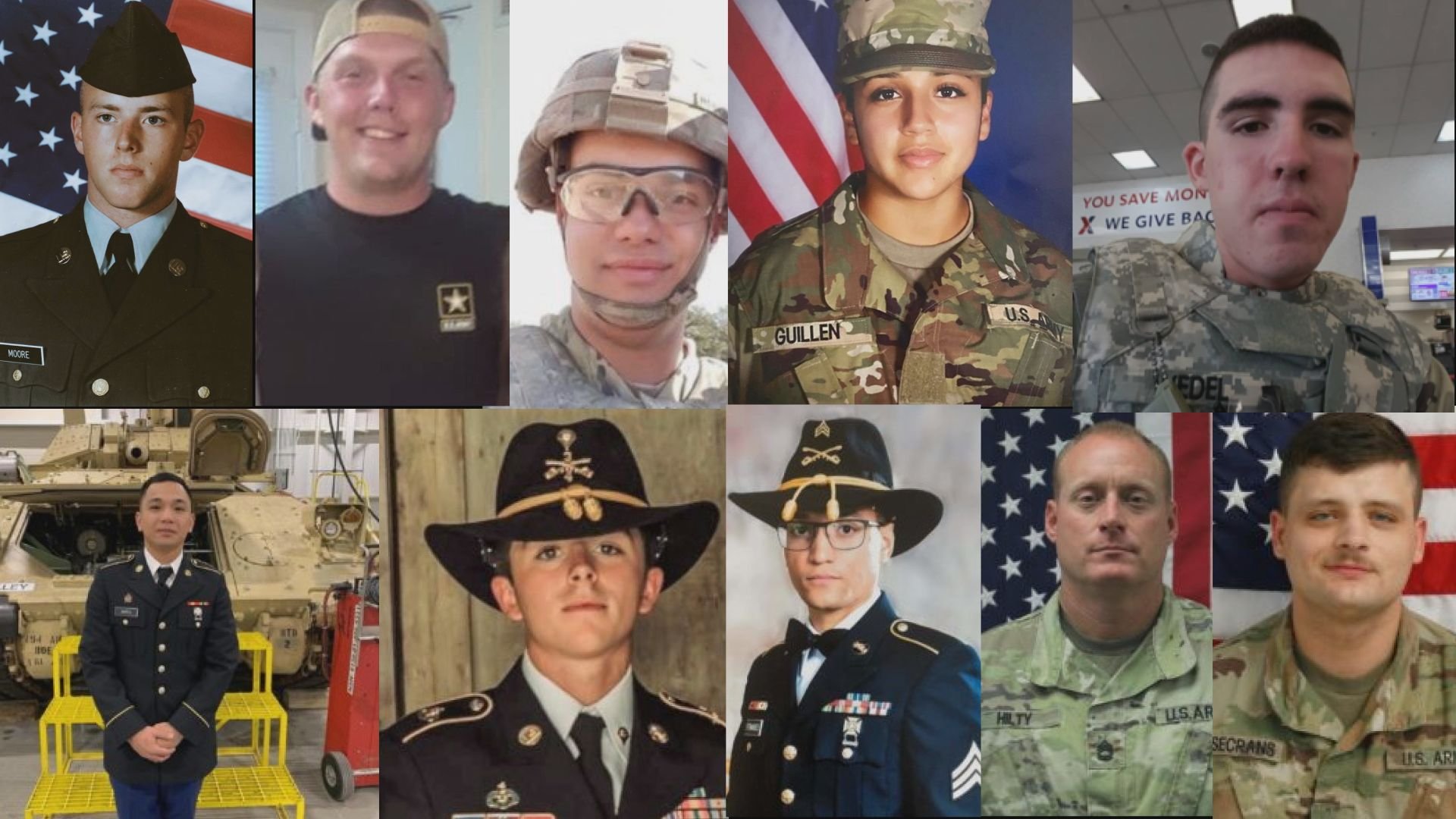
10 of 26 soldiers who died at Fort Hood in 2020. [4]
Then after the meeting ends, it’s business as usual. Everyone gets right back to doing too much, scrambling from one training event to the next, half-assing everything, and then briefing a QTB or storyboard full of half truths and buzz words about how wonderful it all was. To me, this is nauseating.
It shouldn’t come as a surprise to anyone that nothing ever seems to change. Army culture and senior leaders often confuse “training for adaptability and flexibility” with half-assing everything due to poor planning.
I just want to repeat this point because I think it’s important: half-assing everything due to poor planning, resourcing, and support at every level is NOT the same as “testing our systems, “training adaptable, flexible leaders, ” or “developing learning organizations.”
A few questions to consider:
- WHY is it so GLAMORIZED to run yourself and your unit into the ground, and how late you stay at night and how many weekends you work serve as informal measures of how good of a soldier you are or committed of a leader you are?
- WHY does trying to deliberately plan for soldiers’ time off or white space often make you WEAK or SELFISH in the context of Army culture?
- WHY are we consistently ENCOURAGED to do MORE with seemingly no similar encouragement to do things RIGHT? Beyond lip service, that is. I fully recognize we sure as hell TALK about doing the right thing a lot.
- WHY do nonsensical administrative requirements consistently take priority over SOLDIERS? Actions speak louder than words…
- WHY do leaders and organizations continually ADD requirements but rarely remove them?
Inarguably, some of this is related to evaluations and “bullets.” The fact that your evaluation as a commander is largely determined by how many nicely worded bullets you can string together describing all the different things you’ve made your unit do is problematic. When combined with our cultural emphasis on short-sighted metrics, it seems we often find ourselves like rats in a race, trying to squeeze as many events as possible into that evaluated period.
We are literally incentivized based on the quantity of events versus the quality of events. I have come to understand that the actual quality of the training doesn’t matter, the perceived quality is what matters. Yes, I’m serious! Change my mind. Why do we have “dog and pony shows” when the general shows up to check on training? Why do we do a rehearsal for the pre-briefing for the brigade commander briefing on the status of our maintenance program? Why have cases like Vanessa Guillen’s been completely mishandled for so long? Why are units across the Army talking out one side of their mouth about how they are handing COVID-19 procedures but actually doing something completely different and ignoring medical advisors?
Because no one is actually concerned with how things actually are. People are only concerned with how things appear to be.
Because then it’s in leaders’ best interests to make things appear flawless, and nothing has to change. Are you one of those people? Was I one of those people Honestly, probably, at one point or another. We all make mistakes. We all make poor choices. We all fail. We have all done people wrong at one point or another. The important part is to recognize this, then learn, grow, and be better. You can’t change the past, but you can absolutely change the future.
Over time, all of this has deteriorated into a dysfunctional cycle of manipulated statistics; blurred portrayals of reality; and subsequent superficial analyses of units’ organizational effectiveness and training proficiency; and in aggregate–unrealistically optimistic perspectives on the state of our Army and its people.
Sure, there is something to be said for building mental toughness and resilience through deliberately-induced stress and realistic challenges like logistical issues, unplanned missions, and last-minute tasks. But what seems just as prevalent—and perhaps more so—is leaders using “testing our systems,” “building the team through adversity,” and “no plan survives first contact” as excuses to execute severely under-resourced and poorly planned training events.
The mark of a real leader is one who knows the difference between the two and is willing to act on it.
Listen, I’m not claiming I was that type of leader or that my battalion or brigade commanders weren’t. My point is, that is the type of leader we should all be relentlessly striving to be.
Apply critical thought. Listen to your subordinate leaders. Read doctrine. Have candid discussions with your bosses. Listen. Don’t silence people. Go against the grain. Pick some fights. Fail. Learn when to shut up. If you’re sick of being a cog in a wheel, then stop simply existing as a cog in a wheel. Choose your battles. Push the limits. Stop with the copy, paste, send, fire, and forget. Remember there are people and families on the other end of every nonsensical, last minute tasking you choose to mindlessly forward since it doesn’t directly affect your life. Talk about this stuff with your friends. Make small changes within your sphere of influence.
This is how organizations evolve. It doesn’t happen overnight and it probably won’t happen during your time in the Army. That’s just the truth. But individuals can make changes for themselves and those close to them. And organizations are comprised of individuals. The tide will turn–it just takes time.
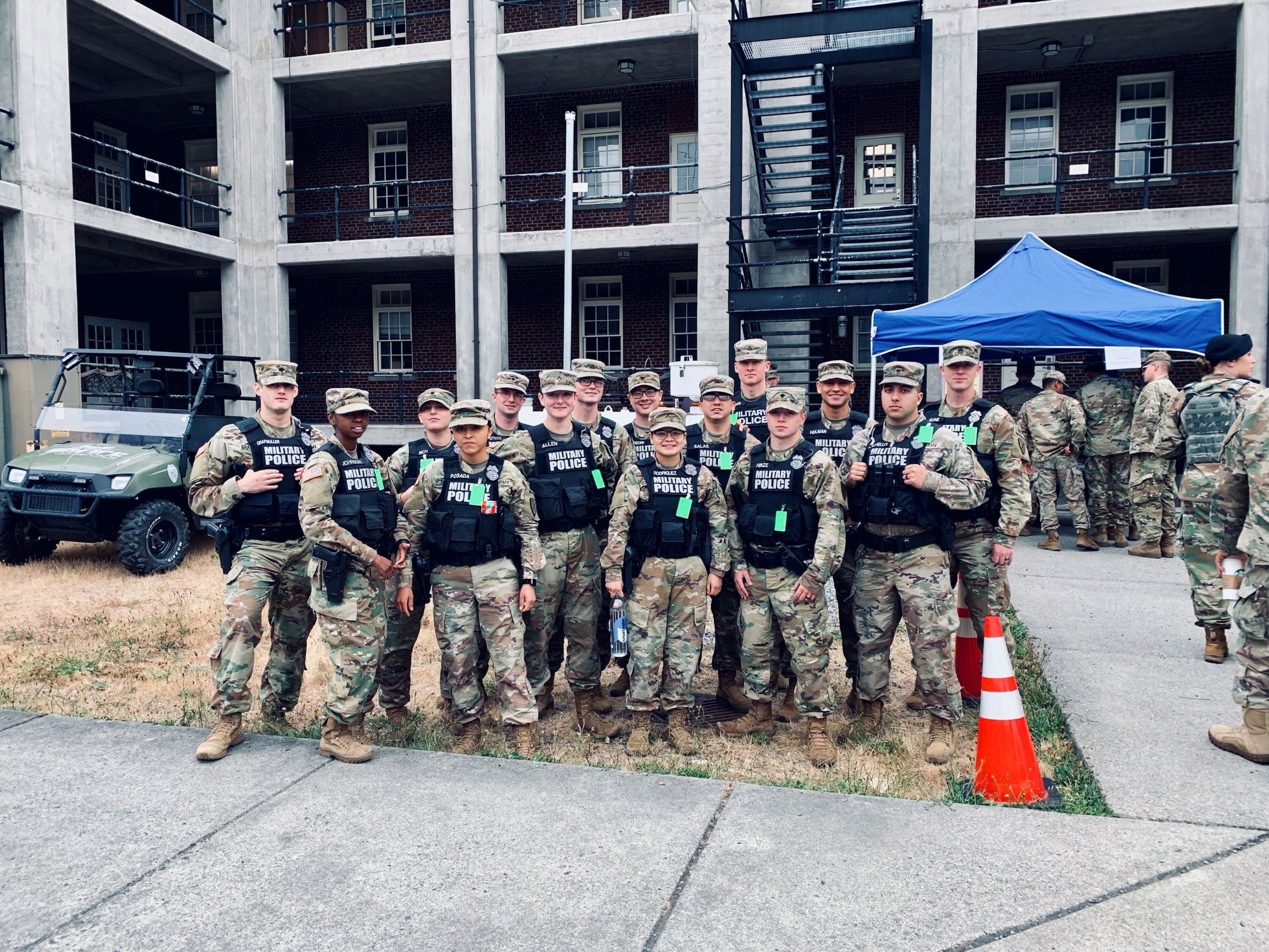
I hope the People First campaign doesn’t lose momentum and instead of becoming every division and brigade commanders’ pet project of good ideas and additional requirements in a race to see which senior leaders can show that they care the most. The aim should be to ruthlessly reduce requirements, get to the bottom of what’s causing organizational inefficiency, and make an honest effort to listen and understand. But I ain’t holding my breath.
Thanks for taking the time to read… Reflecting on these experiences and sharing them with others has made me realize how much I can relate to other military leaders and how connected we all are in this shared experience. Hope this gives you an opportunity to pause and think about some of these challenges and how we can work towards influence them in a positive way.
